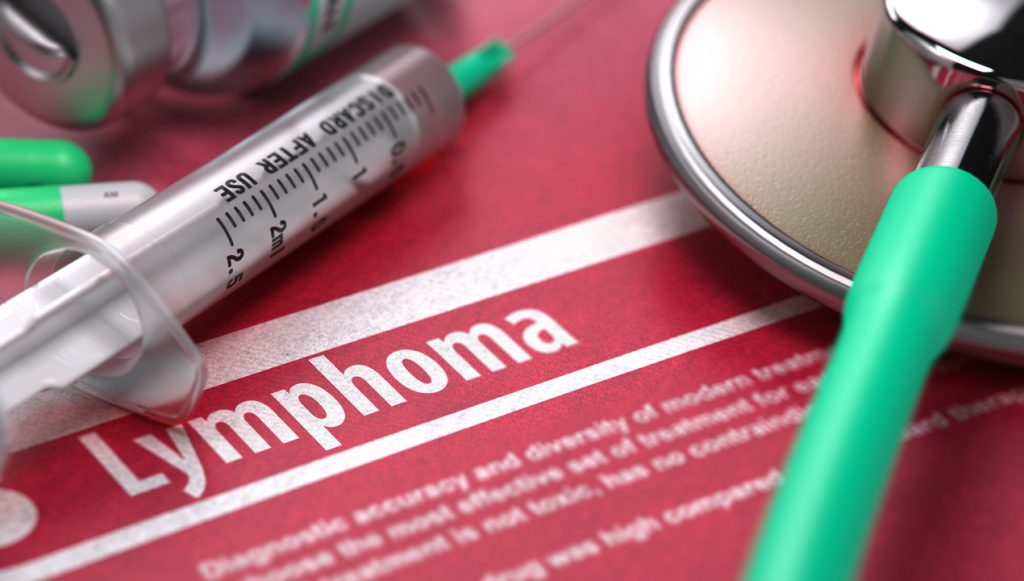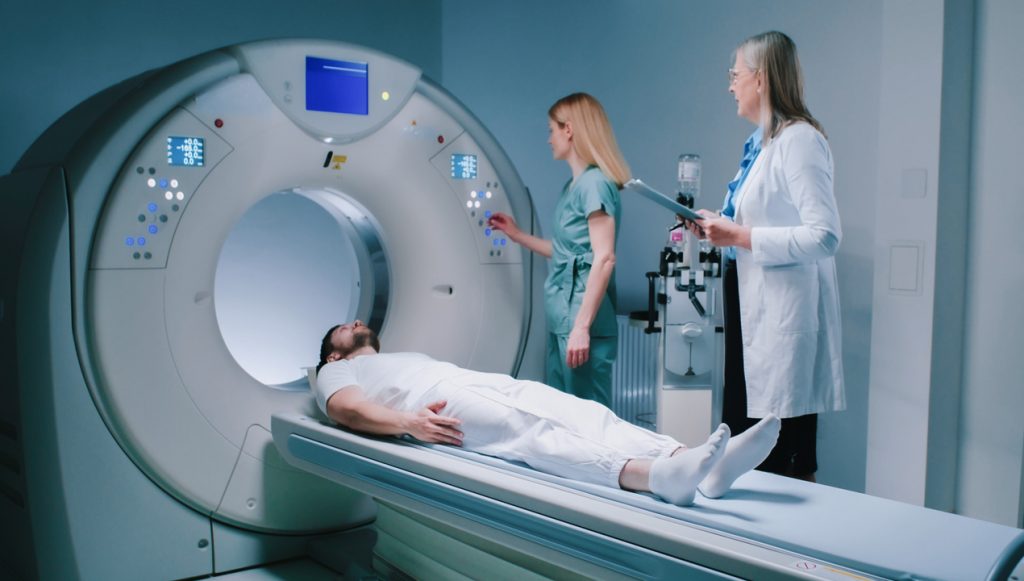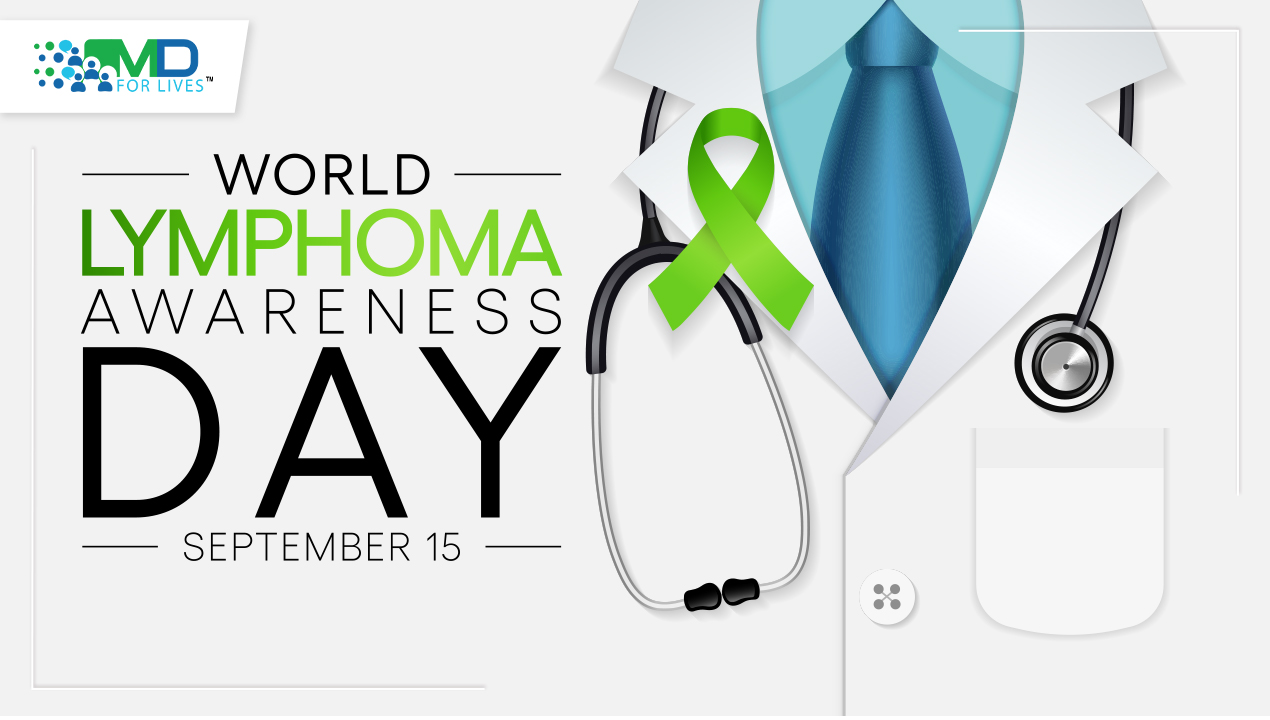In the complex field of oncology, where each day brings new challenges and discoveries. World Lymphoma Awareness Day 2023, celebrated every year on the 15th of September, holds a special significance in the lives of several patients and physicians, who are giving their best to fight this deadly variant of cancer. This event provides an opportunity to delve into the intricacies of Lymphoma, a cancer that impacts the lymphatic system of the human body, that plays an integral part in defending immunity. For oncologists and healthcare professionals, this day serves as a reminder of the ongoing efforts to advance lymphoma diagnosis, treatment and care.
In this blog, we will navigate through the complexities and explore the latest technologies that can help in detecting lymphoma.
Lymphoma Awareness: Get to know more about the immunity destroyer

Lymphoma is a diverse group of blood cancers that is predominantly manifested in two main categories:
- Hodgkin lymphoma (HL)
- Non-Hodgkin lymphoma (NHL)
On World Lymphoma Day, it is worth noting that according to cancer researchers, NHL is the most common form of Lymphoma in the United States, accounting for about 4% of all cancers. The American Cancer Society’s estimates for Non-Hodgkin Lymphoma for the year 2023 are as follows:
- 80,550 people (44,880 males and 35,670 females) will be diagnosed with NHL, which includes children.
- Unfortunately, around 20,180 people will die battling NHL (11,780 males and 8,400 females).
But, no matter how Non-Hodgkin Lymphoma affects more people than Hodgkin Lymphoma, understanding the nuances of these subtypes and their variations is essential for effective treatment.
Early Detection with Advancements in Diagnostic Techniques
In order to improve the treatment, the field of Lymphoma diagnosis has witnessed remarkable advancements over the past few years. These scientific innovations have significantly helped oncologists identify and manage this severe disease efficiently.
Some of the technologies that are worth mentioning are as follows:
1. Positron Emission Tomography (PET) & Magnetic Resonance Imaging (MRI)
Lymphoma staging has been revolutionized ever since PET and MRI came into existence. These state-of-the-art imaging technologies can help oncologists get a precise visual of the affected areas, aiding in the formulation of appropriate treatment strategies.
- Magnetic Resonance Imaging: This is the best non-invasive imaging technology renowned for generating highly detailed three-dimensional anatomical images. At its core lies advanced technology that stimulates and detects alterations in the rotational axis of protons within the water content of living tissues. The best part about MRI is that its applications extend to disease detection, diagnosis and treatment.

- Positron Emission Tomography: This is another advanced method that relies on detecting the emissions of radioactivity after injecting a small amount of radioactive substance into the peripheral vein. Through this method, a tracer is introduced via an intravenous injection, often tagged with isotopes such as – oxygen-15, fluorine-18, carbon-11 or nitrogen-13.
Please note: Integrating both of these advanced imaging technologies while maintaining their performance is a complex task. PET and MRI, both work with electronic signal pulses that can be easily distorted. Therefore, while merging PET and MRI, it is crucial to prevent any signal distortion and the subsequent loss of quality. Also, there are other practical challenges like – limited space and the fact that conventional PET detectors, which use photomultiplier tubes (PMTs), don’t function properly in the presence of a magnetic field.
2. Biomarker Testing
This form of testing involves the analysis of genes, proteins and other substances, often referred to as biomarkers or tumor markers. These biomarkers offer valuable insights into cancer and its unique characteristics within each individual. Certain biomarkers play a crucial role in influencing the effectiveness of specific cancer treatments.
In short, biomarker testing serves as a pivotal resource, aiding both patients and oncologists in making informed decisions about the most suitable cancer treatment for a specific lymphoma case.
Please note: Biomarker testing opens doors to potential participation in groundbreaking cancer research, including clinical trials for novel treatments. Some research studies select participants based on the specific biomarkers present in their cancer, rather than the cancer’s origin in the body. These types of trials are referred to as ‘Basket Trials’.
3. Liquid Biopsies
Emerging as a beacon of hope, liquid biopsies help in detecting and monitoring Lymphoma. By analyzing tiny amounts of tumor DNA in the blood, oncologists can keep a close eye on the cancer’s development and how well treatment is working, all without invasive procedures. It’s a game-changer for tracking and managing this variant of cancer.

As indicated by numerous researchers, the liquid biopsy market is projected to experience a substantial growth rate of 16% from 2020 to 2030.
Challenges and Future Directions
As we observe Lymphoma Awareness Month and acknowledge the advancements achieved in the diagnosis and treatment of lymphoma, it is important to recognize that significant challenges still lie ahead. Some of the challenges are as follows:
- Late Diagnosis: A significant number of lymphoma cases are still diagnosed at advanced stages, emphasizing the need for heightened awareness and early screening initiatives.
- Subtype Complexity: The vast spectrum of lymphoma subtypes necessitates precision in diagnosis and treatment selection. Research efforts continue to be directed toward unraveling the distinct characteristics of each subtype.
- Access to Care: Disparities in access to healthcare services persist, resulting in delayed diagnosis and treatment, particularly in underserved communities.
- Treatment Resistance: Certain lymphomas can become unresponsive to conventional treatments, emphasizing on the importance of ongoing research into innovative therapeutic approaches.
Conclusion:
World Lymphoma Awareness Day theme 2023 – ‘We Can’t Wait to Focus on Their Feelings,’ resonates deeply from an oncologist’s perspective. Despite the formidable challenges, oncologists and healthcare professionals remain resolute, bound by the thread of hope. They champion their patients, offering unwavering support throughout their arduous journeys. While lymphoma may cast its shadow, it never defines those it touches; instead, it unites individuals in a shared mission to defy the odds.
To stay informed about the latest developments on the medical front and exchange information with other medical professionals, join the MDForLives Community by registering here.
References:
- Key Statistics for Non-Hodgkin Lymphoma
Source: cancer.org - Magnetic Resonance Imaging (MRI)
Source: nibib.nih - Positron emission tomography, Abi Berger, Science Editor
Source: ncbi.nlm.nih - PET/MRI: The Next Generation of Multi-Modality Imaging?
Source: ncbi.nlm.nih - Biomarker Testing for Cancer Treatment
Source: cancer.gov - Liquid biopsies: the future of cancer early detection
Source: ncbi.nlm.nih - Liquid biopsy: a step closer to transform diagnosis, prognosis and future of cancer treatments
Source: molecular-cancer.biomedcentral

MDForLives is a vibrant community of healthcare professionals and patients dedicated to shaping the future of healthcare. We provide valuable global insights to healthcare companies through online surveys, interviews, and discussion forums.






